For kitchen professionals, selecting the right cutting board is not just about aesthetics it's about durability, functionality, and ensuring it complements the tools and techniques used daily. But what wood is the best for cutting board? This is one of the most common questions among chefs and home enthusiasts who want longevity and performance from their boards while ensuring proper sanitation and maintenance. In this article, well dive deep into the world of wooden cutting boards and help you find the ideal choice for your kitchen.
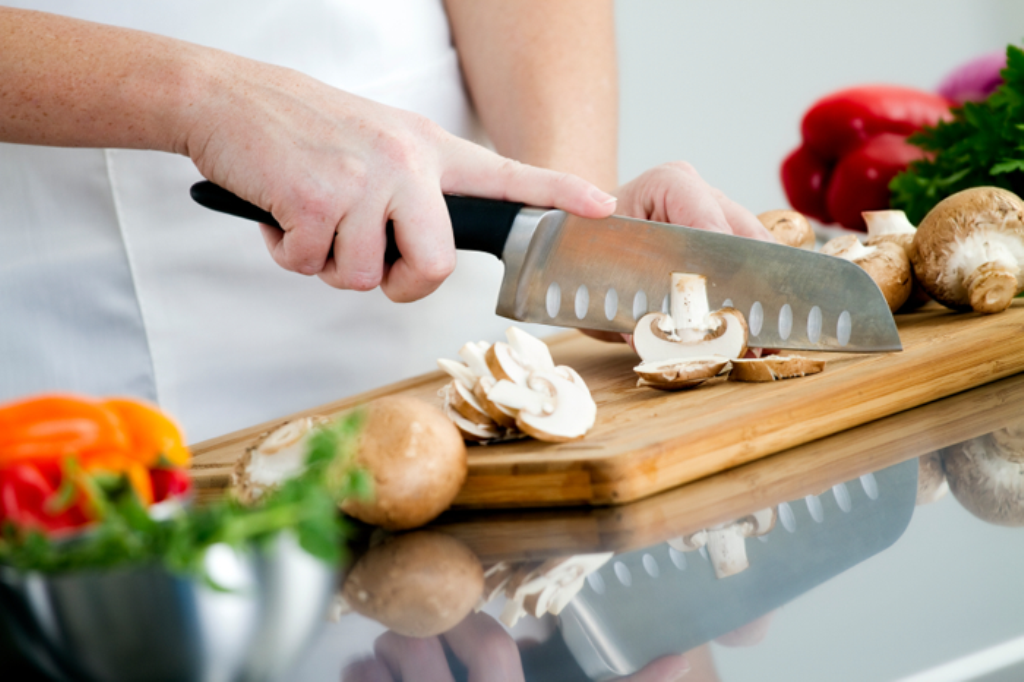
Why Is Choosing the Right Wood So Important?
Wooden cutting boards are more than just a work surface; theyre integral to the cooking process. Not only do they protect your knifes edge, but theyre also durable and provide a timeless and professional aesthetic to your kitchen. The type of wood used in a cutting board impacts:
- Durability: The harder the wood, the more wear and tear it absorbs over time.
- Knife care: Softer woods help protect a knife's edge, avoiding unnecessary dulling.
- Sanitation: Fine-grained wood can resist absorbing moisture and bacteria better than others.
So, lets explore the top types of wood commonly used in cutting boards and break down their qualities for the kitchen professional looking for their next reliable surface.
Top Picks: What Wood is the Best for Cutting Board?
Each type of wood offers distinct properties that suit different needs. Below are the most recommended options for professional kitchens:
1. Maple: The Professionals Choice
Maple, especially Hard Maple (Acer saccharum), is a go-to for cutting boards. This wood is durable, boasts a fine-grain structure, and resists deep knife marks that may harbor bacteria. The tight grain makes it less porous, ensuring minimal liquid absorption.
- Pros: Durable, naturally antibacterial, USDA-approved for commercial kitchens.
- Cons: Slightly pricier compared to softer woods.
Want to maintain the hygiene of your cutting boards? Check out these tips for stain removal. Clean boards mean better kitchen safety and longer-lasting quality.
2. Walnut: Aesthetic and Gentle on Knives
Dark in color and elegant, Walnut is not only visually appealing but also a solid choice for cutting boards. Its medium hardness makes it gentle on knives while sturdy enough for meticulous prep work.
- Pros: Beautiful finish, perfect for serving boards, gentle on knives.
- Cons: Not as hard-wearing as Maple due to its softer nature.
3. Teak: Resistant and Durable
Teak contains natural oils that resist moisture, making it an excellent choice for those working in humid or high-use kitchens. Its resistance to warping and cracking ensures longevity.
- Pros: Water-resistant, sustainable, durable.
- Cons: Its high silica content can dull knives faster.
4. Bamboo: Sustainable and Lightweight
Although technically a grass, bamboo is a popular alternative to wood. Its eco-friendly and surprisingly tough but doesnt offer the same grain structure as traditional hardwoods.
- Pros: Affordable, renewable, light-weight.
- Cons: Can be hard on knives, less durable over time.
Difference Between Edge, End, and Face Grain
Grain type often determines how the board will perform and look over time. Its important for kitchen professionals to understand the three main alternatives:
- Face Grain: Affordable and visually appealing but less durable under heavy knife work.
- Edge Grain: A balanced solution offering more durability and a neat aesthetic.
- End Grain: Superior choice for professional kitchens. This board displays a checkerboard surface and self-heals to minimize visible knife scars.
How to Care for Wooden Cutting Boards?
Extending the life and beauty of your cutting board requires proper care. Follow these tips:
- Clean with warm, soapy water immediately after use.
- Dry thoroughly to avoid warping.
- Condition with food-safe mineral oil or specialized conditioners monthly to prevent drying out.
For more details on maintaining your kitchen tools, explore benefits of cast iron cookware and tips for caring for them effectively.
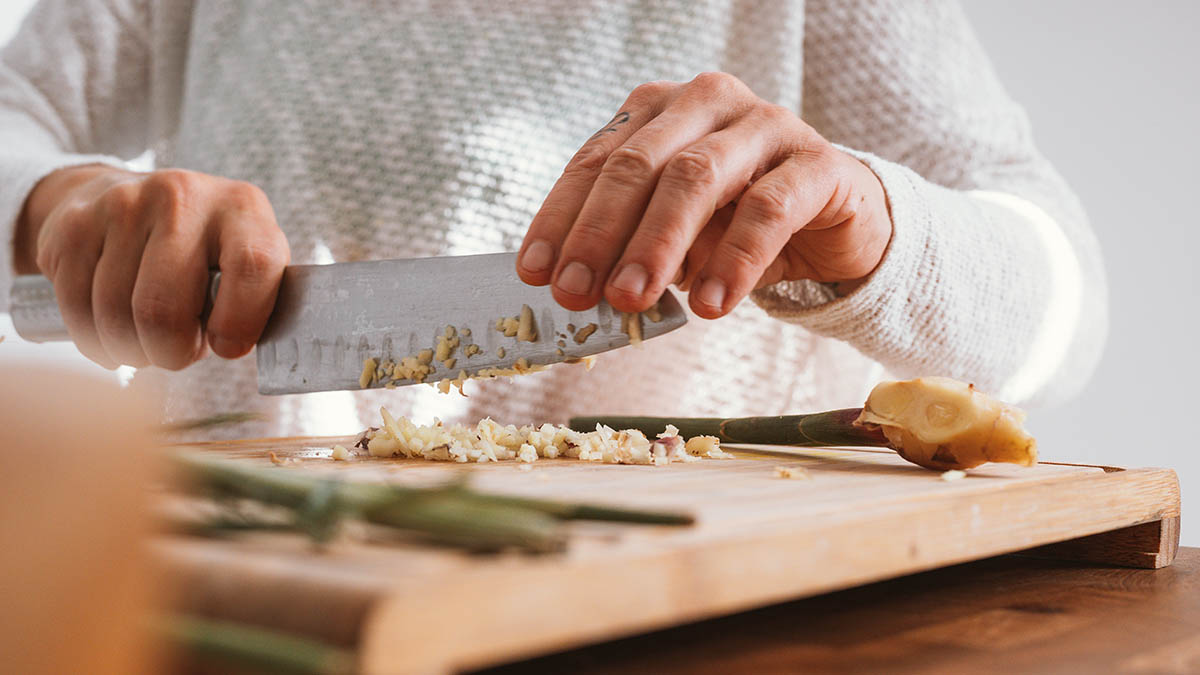
FAQs
1. What is the best wood for professional chefs?
Hard Maple is widely regarded as the most reliable option due to its durability, antibacterial properties, and USDA approval for professional use.
2. How often should I oil my cutting board?
Oiling should be done at least once a month, or whenever the board starts looking dry or feels rough to the touch.
3. Can I use the same cutting board for raw meat and vegetables?
Its best to have separate cutting boards for raw meat and produce to avoid cross-contamination. Check out these sanitation tips for wooden boards to ensure safety in the kitchen.
In summary, the choice of what wood is best for your cutting board boils down to your specific needs in the kitchen. Hard Maple and Walnut stand out as top choices for professionals, while Teak and Bamboo offer sustainability and unique properties. By investing in the right board and maintaining it well, your cutting board can serve as a trusted partner in your culinary journey for years to come.
This article contains affiliate links. We may earn a commission at no extra cost to you.

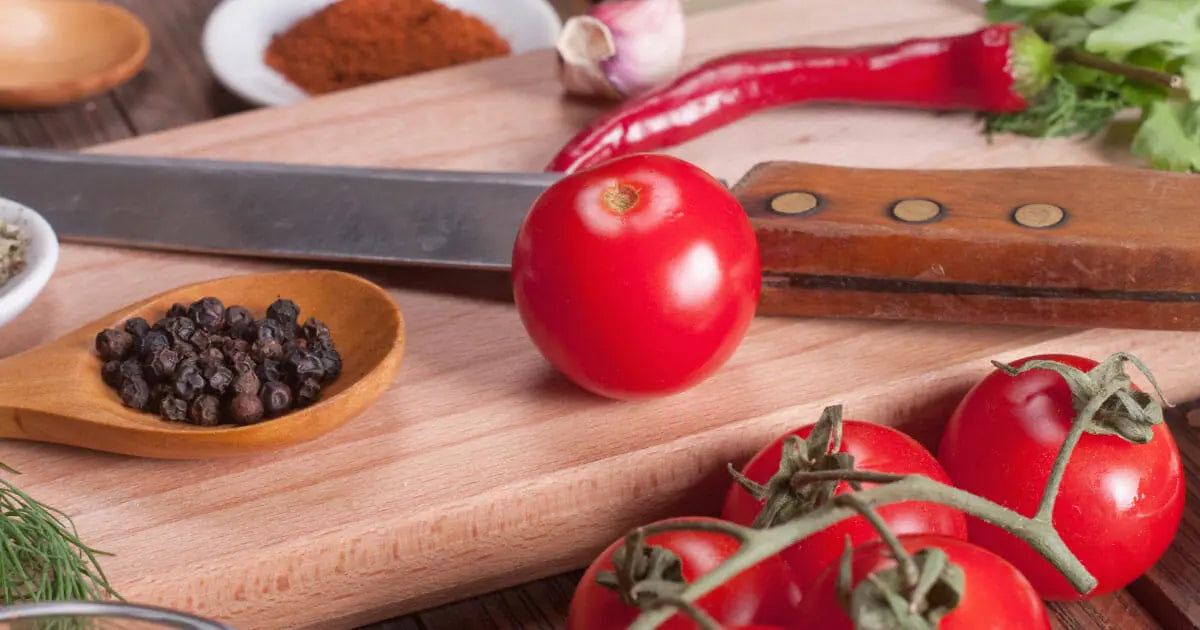


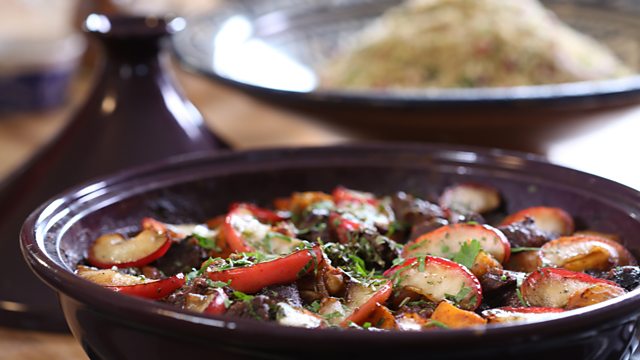
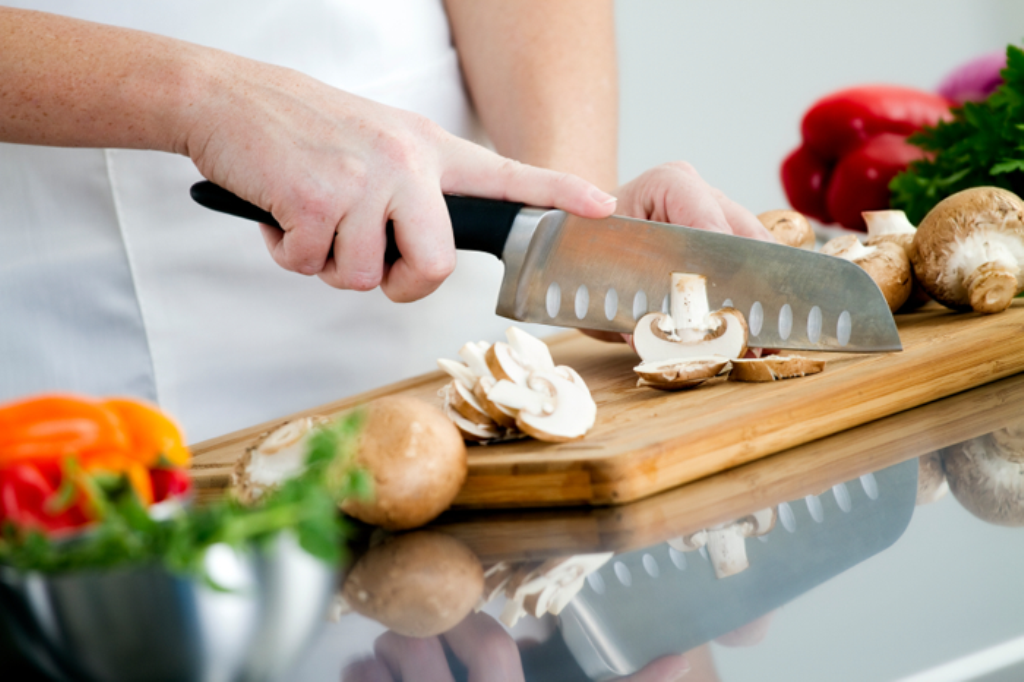
Leave a comment
This site is protected by hCaptcha and the hCaptcha Privacy Policy and Terms of Service apply.